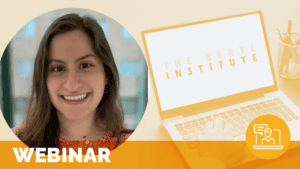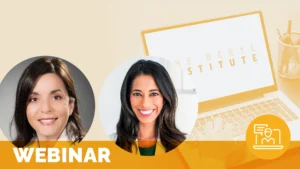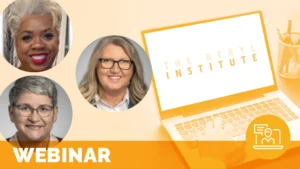Patient Experience – A Doctors Journey

Latha Raja Shankar, MD, MBA, Aurora Health Care
Based on the guiding principle of “if you know better, you do better,” this webinar highlights one physician’s personal journey to improve the patient experience. Ten tactics to drive results will be uncovered by examining the value of reality vs. perception, why doctors do what they do and how they can improve patient experience. The session offers inspiration for service commitment from multiple studies and media stories related to organizational service failures and successes.
Related content
-
 Patient Family & Community Engagement
Patient Family & Community EngagementEngaging Children and Youth in Healthcare: A Developmental Approach
2pm ET / 1pm CT / 12pm MT / 11am PT – Current efforts to engage children and youth in hospital care lack a formal framework and engagement programs often rely solely on caregivers and guardians as proxies, overlooking their direct input. This presentation emphasizes the importance of involving children and youth directly in healthcare
Learn more -
 Patient Family & Community Engagement | Quality & Clinical Excellence
Patient Family & Community Engagement | Quality & Clinical ExcellenceACR Patient Friendly Animations: Empowering Patients in Radiology
This webinar will review an initiative by the American College of Radiology Patient and Family Centered Care Commission to engage patients and empower them in their care. Most patients do not have the medical knowledge to understand the appropriate use of imaging tests for their clinical condition. To help address this issue, the ACR created
Learn more -
 Patient Family & Community Engagement | Quality & Clinical Excellence
Patient Family & Community Engagement | Quality & Clinical ExcellenceOur Journey to Improving the Experience of Patients 65+
Join us for a panel discussion on enhancing patient experience for patients 65 and older. Experts will explore key population statistics, care challenges, and insights from consumer feedback to better understand patient needs. Learn strategies to improve communication clarity and address What Matters Most at every stage of care. Panelists will share lessons from a
Learn more
